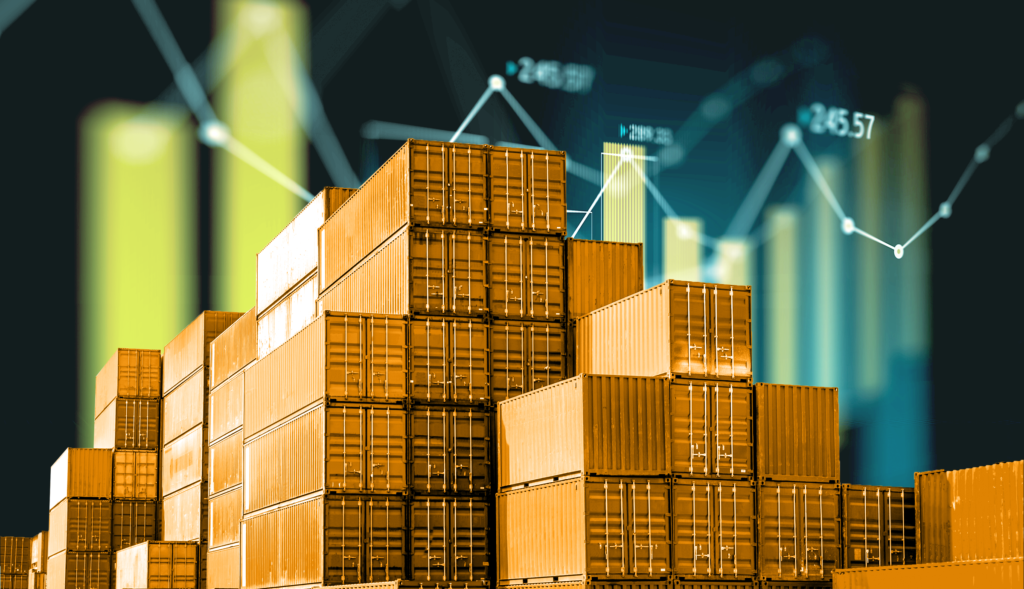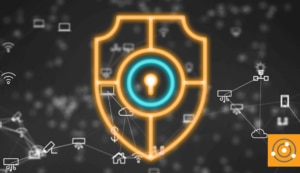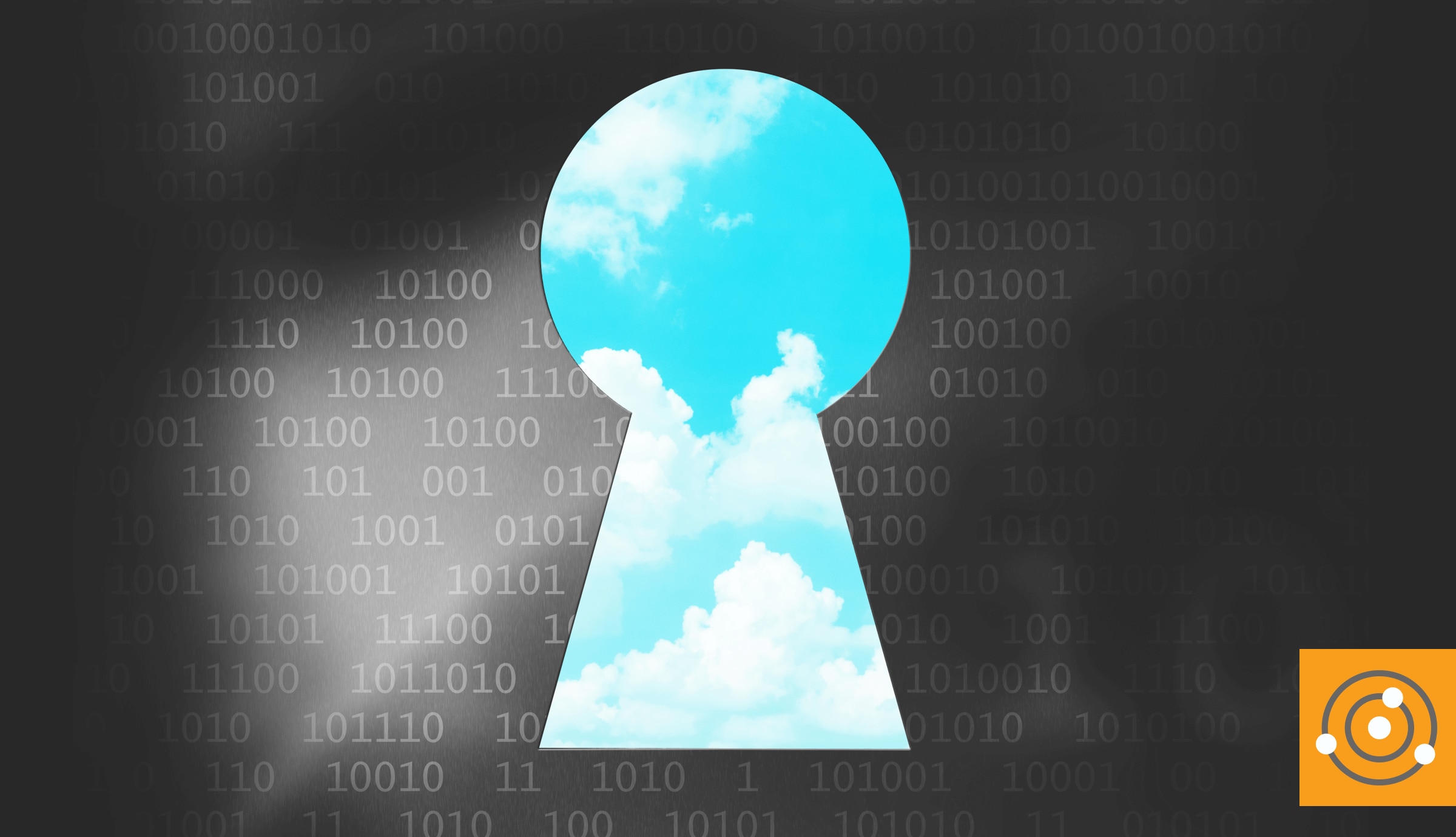Containers are here to stay. According to the
SolarWinds 2019 IT Trends Report, 41% of federal and public sector survey respondents ranked containers as a top technology priority over the next three to five years. The same survey showed 42% of the same respondents felt unequipped to successfully implement or manage this given their current IT skillset.
If you’re a federal IT pro, this isn’t a big surprise. Container technology offers increased portability, greater efficiency, better application development, and more consistent operations. Many federal IT managers are now throwing their (often shrinking) budgets into containers after discovering their utility.
Despite the benefits of containers, there are also challenges. One of the greatest challenges is monitoring a containerized environment. Traditional monitoring strategies may work to some extent, but true visibility into containers requires specialized tools to provide insight into the different layers and how they all work together.
Containers, Explained
Let’s step back for a moment and look at container technology. Containers are designed to house applications or services within a parent, or host, operating system environment, sharing resources as needed. Containers use lightweight, portable code and can lead to markedly lower development costs.
Container monitoring tools can control the identity and authorization of users and application accounts, provide access control for monitoring and auditing log files, and protect underlying infrastructure components by storing them in an encrypted manner.
These are great, but in addition to these benefits, the federal IT pro needs the ability to monitor containers—particularly, the ability to monitor containers alongside other network and system components. There are certainly tools available for doing this; the key is to consider features providing the most bang for the proverbial buck.
Along those lines, consider tools providing the ability to:
- Automatically discover and track container metrics, correlating performance metrics such as CPU, memory, and uptime.
- Ensure optimal capacity planning by forecasting capacity depletion dates based on container monitoring metrics.
- Monitor container-hosted applications for availability and performance metrics, which is useful for both capacity planning and troubleshooting performance issues.
- Automate workflows providing management oversight and scaling support for containers and their hosting environments.
- Automate access control to monitor a user base, disable outdated and guest accounts, and remove excess privileges.
- Another important factor: be sure the toolset can monitor those containers and applications in different environments (cloud, on-premises, or hybrid) to visualize and correlate performance across the infrastructure, network, systems, and applications.
Containers offer many advantages in terms of providing a low-cost development environment with numerous automatable features. Monitoring tools can be performance enhancers for your team: actively monitoring your environment, providing useful performance metrics, troubleshooting bottlenecks and failures, and supporting capacity planning and scaling in different environments. Add automation, and container monitoring headaches become smooth-running, cost-effective, proactive, and powerful operational tasks.
Find the full article on Government Technology Insider. 






